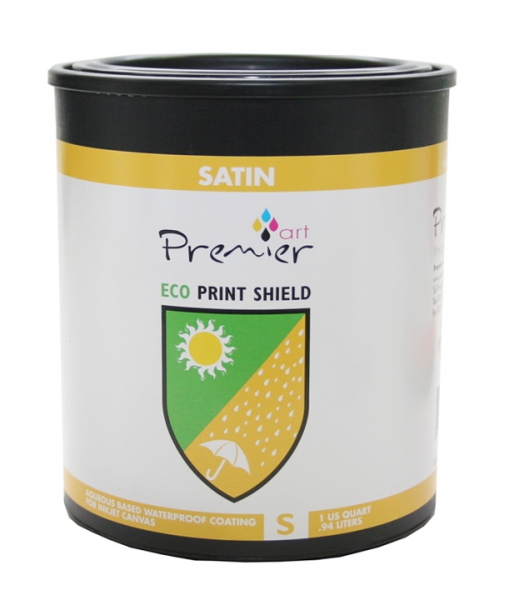

If you sign with a manager or record label or publisher, the pie gets divided further. One of the advantages of signing an Artist Development Deal is obvious: the developer should open up doors that otherwise would be closed, such as providing industry contacts, booking shows, helping develop your live show, song writing, image, and brand generally.Ī clear disadvantage of the Artist Development Deal is that the revenue pie gets split further, so each band member earns less. What are the Pros and Cons of an Artist Development Deal? Sunset Revenues are defined as gross revenues earned during the sunset period from all master recordings and compositions recorded/released during the term, as well as revenue earned from all deals negotiated during the term but received in the sunset period (including sponsorship and endorsement deals). Here’s an example: in exchange for “developing” the artist for the next 3 years, the developer will be entitled to 15% of all revenues generated during the term, and 10% of all Sunset Revenues earned over the 10 years following the term (known as the “sunset period”). What they have in common is the investment of time and resources by the ‘developer’ in the short term, in exchange for a piece of the artist’s revenue streams in the long term. The new Artist Development Deals range from mutually beneficial and artist-friendly to downright exploitative. What does an Artist Development Deal look like in 2019? In other words, the “new” Artist Development Deals are coming from startups trying to build a legacy, rather than protect one. But there is a whole new industry emerging in the area of artist development, led by young entrepreneurs, small businesses, and music fans, as opposed to multinational corporations. But who is? For the most part, artist development has fallen on artists, and record labels only become interested when an artist has built up a major following both on and offline.


Long story short: the major labels are no longer paying for artist development. These deals still exist, but the entire artist development infrastructure has changed. Kind of like a promise ring with the consequences of an engagement ring.
#WHAT IS PRINT ARTIST 25 PREMIERE FULL#
The deals often gave a significant cut to the label on live and publishing revenues, often involved horrible royalty payouts, and many times included a right of first refusal clause that made the commitment as significant as a full recording deal, without all the perks. However, there was often more to these deals than meets the eye. In theory, the Artist Development Deal was the best of both worlds for the artist: the commitment of funds and development from the label, without signing away your soul. I like to think of them as the ‘promise ring’ of the music industry: a commitment, but not taken seriously by anyone outside of the relationship. The idea was fairly simple: if a label liked you but didn’t want to commit fully with a record deal, they’d offer you an Artist Development Deal. after Elvis, before the Internet), there was a very common type of deal offered by record labels called the Artist Development Deal, sometimes known as a “Demo Deal”.

In the “glory days” of the recording industry (i.e.


 0 kommentar(er)
0 kommentar(er)
